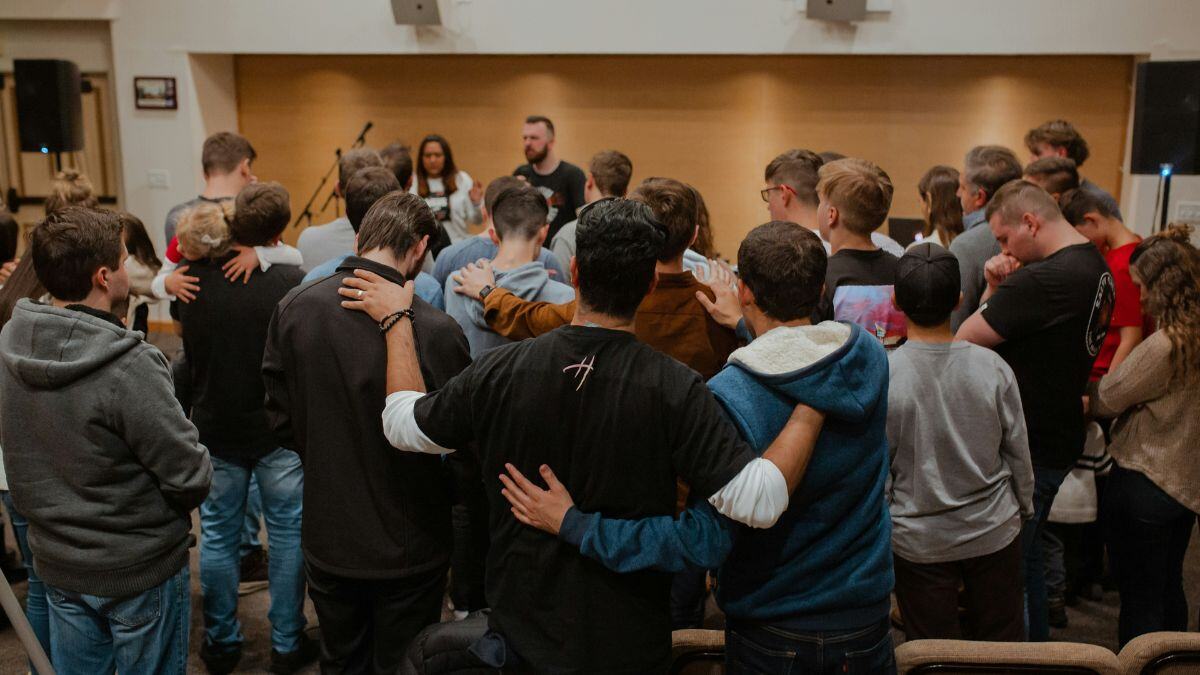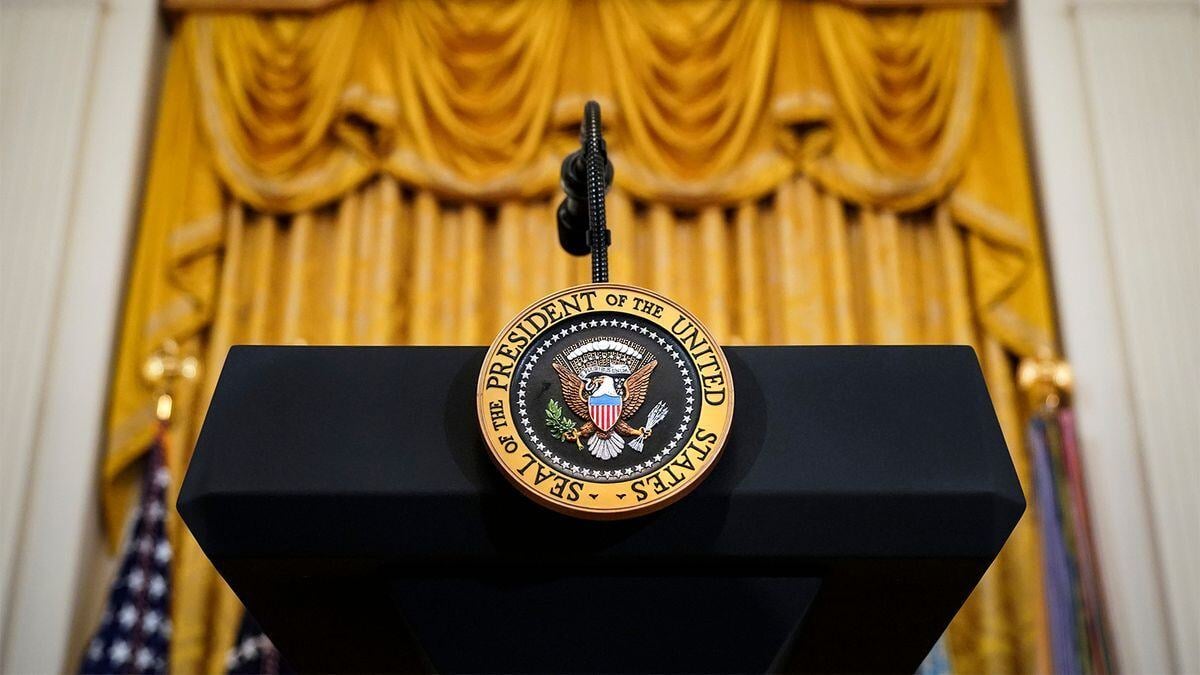Searching for God or for Nostalgia?
Authors: John Stonestreet and Dr. Timothy Padgett

Authors: John Stonestreet and Dr. Timothy Padgett
A recent article shared by Justin Brierley described a trend in Norway that is also being seen in Finland and other European nations. Church attendance and membership jumped there by 750 new members. While that would not be anything notable in Texas, it is in almost every European nation.
While over 60% of the population in Norway are formal members of the state church, only 2% of Norway’s 5.5 million people attend. That’s a stark contrast to the United States, where roughly 25% of Americans attend weekly, a third once a month, and two-thirds show up once a year. In Norway, even what may seem a tiny increase is notable.
The same is true of other European nations that were once the heartland of Protestant Christianity and sent thousands of missionaries across the world but are now thoroughly secularized. Though Christianity remains the official state religion, most of these countries have not only seen incredible drops in church attendance but also stark departures from Christian morality, influence, and practice.
It’s not just that more Northern Europeans are attending that makes this good news. It’s also who is attending. According to the article,
In addition to the general increase, there is another wave underway that they have not observed before: young adults joining the church. Every fifth person enrolled in the Church of Norway is between the ages of 25 and 34.
And an additional detail makes the increase in Norway even more noteworthy. The increase consists of mostly young men. This is new. From the Early Church to today, in almost every local context in its history, Christianity has tended to attract more women than men. The bump in young men attending church is interesting. And it is not just happening in Norway. Other countries, including the United States, are seeing a bump in young men attending church and exploring religious belief.
So far, this new trend is unexplained. Even pastors on the ground don’t know why men are joining. What seems to be clear is that young men across the West are looking for something. Less clear is what they’re looking for.
A likely factor is the negative portrayal of masculinity and young men, for several decades now, across western culture, especially popular culture and education. Accusations of “toxic masculinity” were loud and constant, and nearly indistinguishable from masculinity per se.
Author Samuel James recently noted something similar in many churches:
In evangelical culture, a women’s group is described with words like “encouragement” and “fellowship.” A men’s group is described with words like “accountability” and “sharpening.” Which group sounds more appealing?
This is not to say the answer is for the Church to treat men more like women. It is the blurring of the sexes that is at the root of male despair. Talk and programming that challenges men is appealing to them, and the tendency within church culture to overemphasize “niceness” is not. And Christians should reckon with what has fueled young men to look to the Andrew Tates of the world instead of Church.
Perhaps more men are finding out that, in the end, our culture’s obsession with absolute autonomy, personal peace, and affluence only leads to emptiness. As Jeff Myers from Summit Ministries argued at a recent Lighthouse Voices presentation, despite all the financial wealth, social services, and opulence of America, this isn’t the happiest place on Earth. That’s because image bearers, male and female, want something to live for, even if they’re not sure what that is. The Church should know.

Authors: John Stonestreet and Dr. Timothy Padgett

Authors: John Stonestreet and Dr. Timothy Padgett

Author: John Stonestreet and Dr. Timothy Padgett